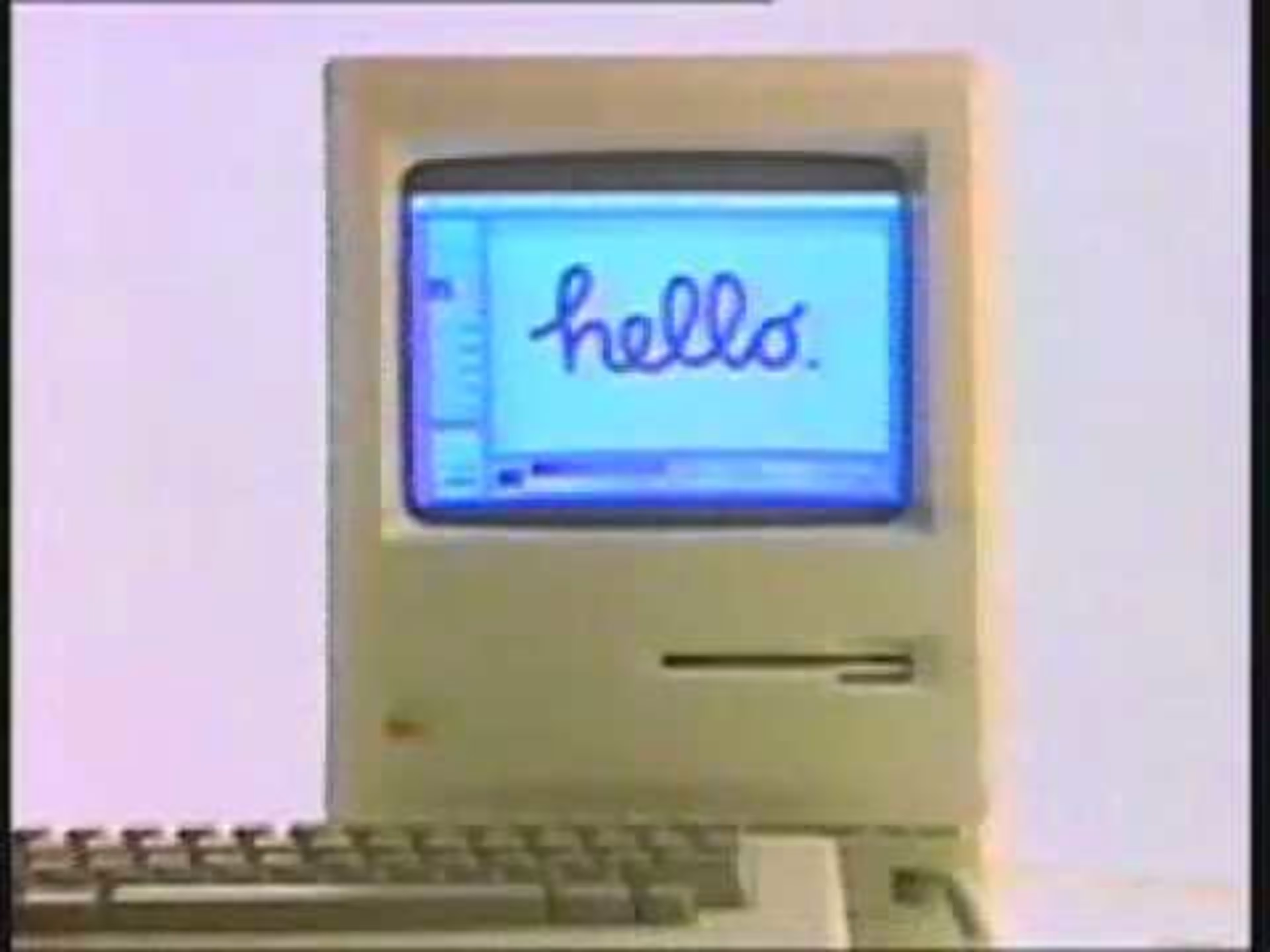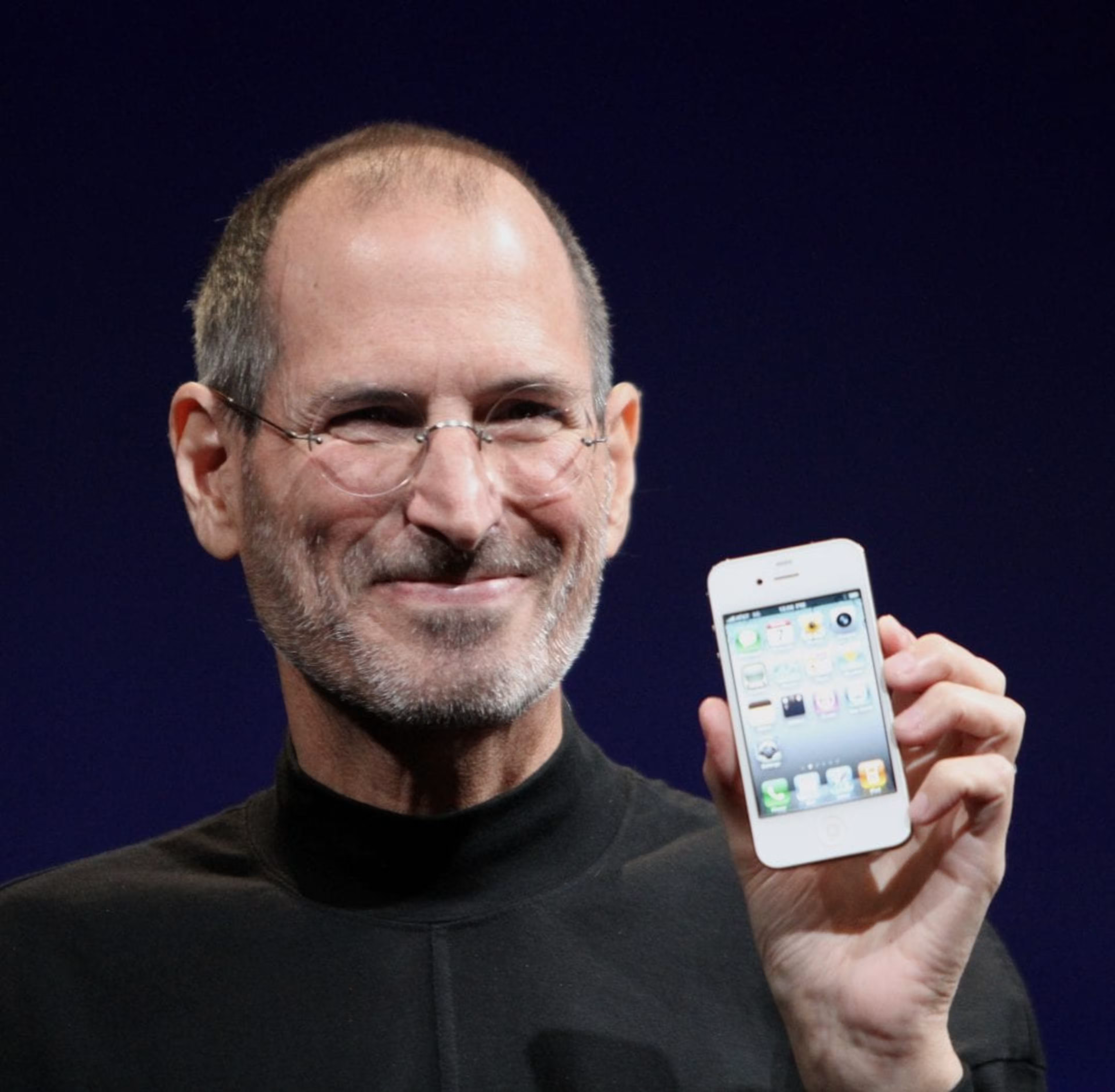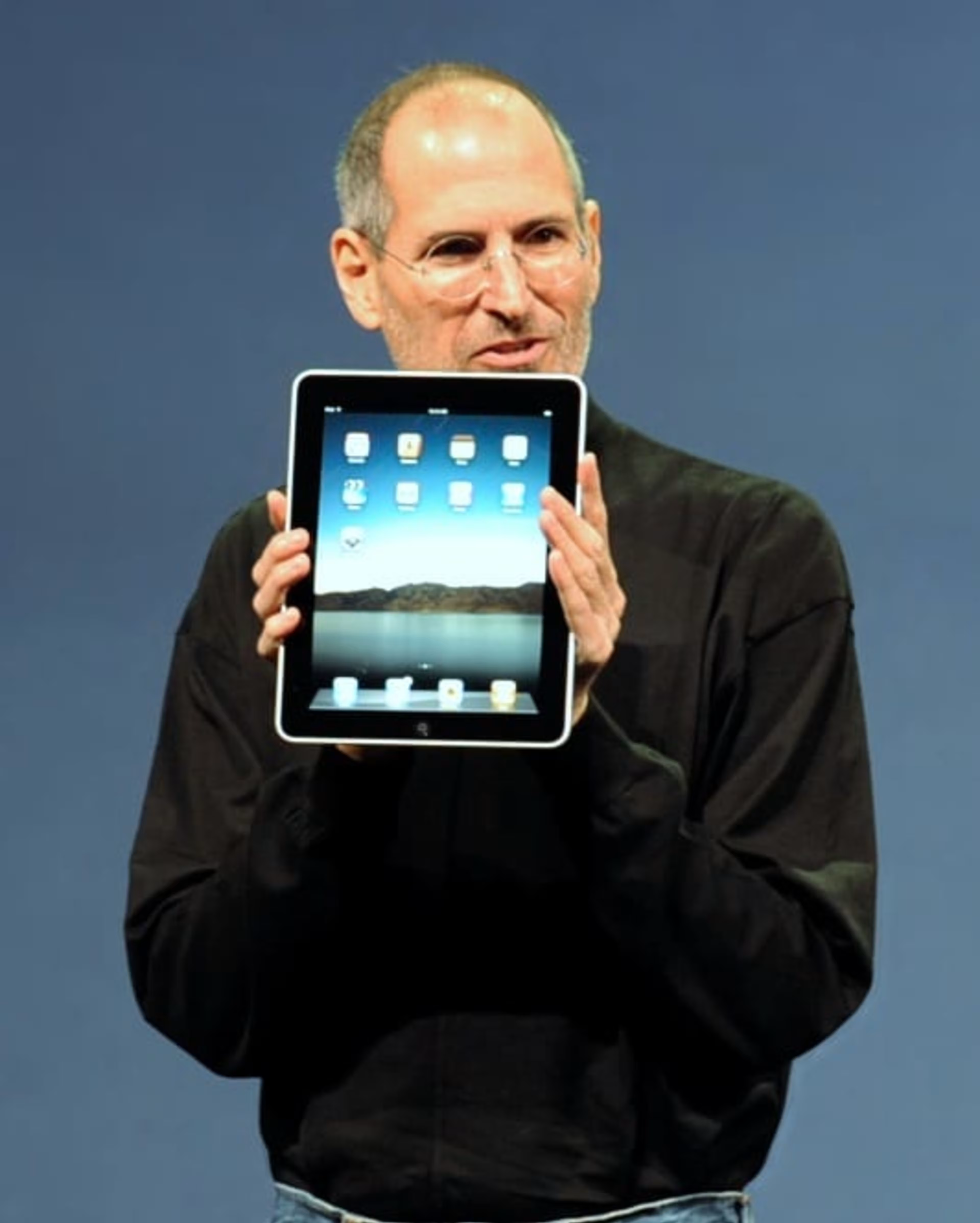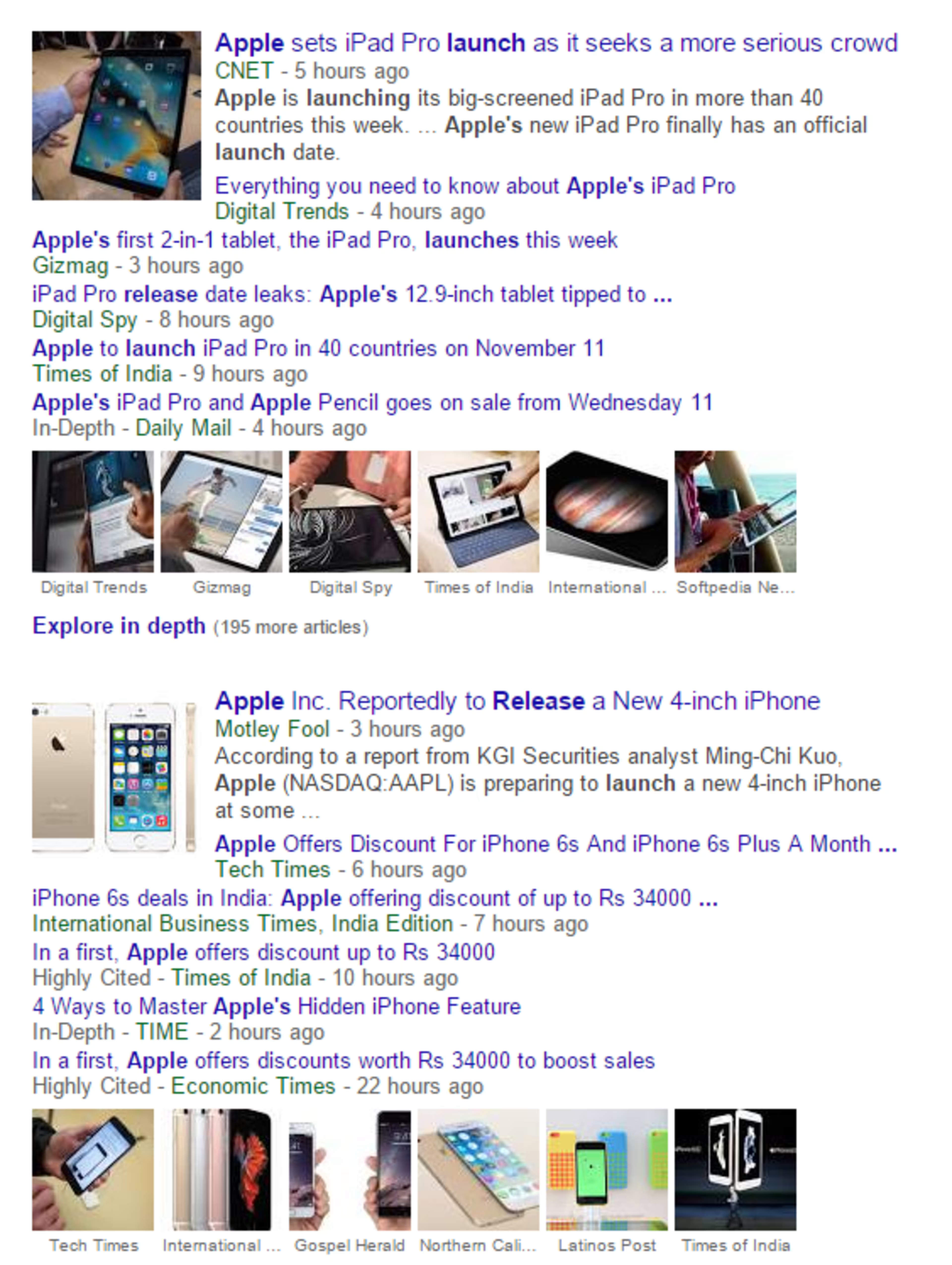Whether you like Apple or not, there is one thing you can’t deny about their launch events: When they announce something, people show up in droves. The second coming of Steve Jobs in the 1990’s brought an era of prosperity and excitement that Apple had not seen since the release of the Apple II computer.

Every launch event hosted by Jobs always had that “one more thing” to keep techies and consumers on the edge of their seats. They always wanted more from Apple and Steve was always willing to deliver.
This guide will show you how to host a successful launch event just like Steve Jobs, whether your product is a kitchen cleaner or a new type of software!
It’s not just business, it’s personal
“Hello, I am Macintosh.”
If there was one thing that Steve Jobs was adamant about, it was making things personal. Every product and event that Jobs was behind always had a personality. It was meant to satisfy the consumer in ways that even the consumer hadn’t even thought of yet.
In 1984, Steve Jobs announced the release of a revolutionary new way of computing. He had a vision of a computer that was more personal, more creative, and more user friendly than the Apple II, the Apple LISA, or anything else that was being made by the competition. This vision was willed into reality in the form of the Apple Macintosh.
The 1984 launch event of the Apple Macintosh was no different than the product it was centered around. Jobs and his team had programmed the Macintosh to introduce itself through a voice demo. This was important because it set the stage for Jobs to market the Macintosh as the true PERSONAL computer.
Like they say, the shortest distance between two people is communication.

Your launch event should strive to be more personal so you can create the connection that will drive interest for whatever product you are presenting. Steve Jobs was a master at making a product launch personal. Every product had a story that told the audience WHY they needed his new gadget.
Your product launch should feel like a personal connection and conversation with your attendees rather than just a simple sales pitch filled with technical mumbo jumbo. Invite attendees to help demonstrate your product and ask them questions. You should be able to answer where your product fit in their lives. The problems of theirs will it solve.
Take the iPod for instance.
When Jobs debuted the iPod in 2001, he tied the presentation around our love for music. Rather than simply talk about selling you a product, Jobs spoke to the audience about giving them something that they loved at a higher quality and a better price.
“Music is a part of everyone’s life.”
- Steve Jobs
He was there to make YOUR life better. He made it personal for the audience.
The Element of Surprise

Every Apple product launch under Steve Jobs was about keeping the lid on the details until he wanted them known. Product leaks were an issue that was dealt with harshly.
But why did Steve Jobs hold secrecy as such an important standard? Apple co-founder Steve Wozniak told MacWorld:
"Steve Jobs kept a lot of products secret when he returned. If everyone knows what you’re doing it makes you scared.”
“Now the iPod wasn’t let out until it was so obvious that this was an extreme step different to everyone else’s music player,” he said.
“People like things that are easy. With iPhone, the secrecy allowed us a lot of ways to look at it. Apple developed other phones, for 6 years, but the problem is, they just didn’t have that special gleam,” said Wozniak. “That’s what led Apple to finally recognising that once we’ve solved the problems with the iPhone, we had a product that the world had never expected to see.”
This is why there is such rampant speculation over the release of every new iPhone, iPad, Macbook, and any other gadget rumored to be coming from Apple. By keeping major product details and looks under lock and key until the opportune moment at your launch event, you can keep your consumers and the press guessing and talking. This will keep your product on the tip of everyone’s tongues.
Your launch event should be the first time anyone knows the major details about any of your products, from looks to specifications.
The Rule of Threes
Whether marketing your event or presenting at your launch event, one important rule to ALWAYS remember is the rule of threes. Steve Jobs was notorious for announcing and producing everything in threes.
Why threes?
According to Forbes, three is “the most persuasive number in communications.” Our short term memory is only made to remember small amounts of information, therefore, having three strong points makes them more effective and easy to remember.
Steve Jobs was a big believer in the rule of threes. The iPad was the “third device” in addition to the iPhone and whichever Apple Computer you used. The iPad was released in three different storage models: 16, 32, and 64 GB.

If you watch the very first presentation of the iPod in 2001, many of the slides have only three words or three points of focus. Slides contained phrases like “No market leader” in reference to the portable digital music industry. Other slides displayed only three companies in the market such as Creative, Sonic Blue, and Sony.
The rule of threes was key to Jobs holding the interest of the attendees and giving them bite sized amounts of information they could swallow and repeat to others.
Your event should be just as simple. Long lists of specs and speeches that drone on and on for hours will take a toll on the audience’s interest in your product. Whatever you’re trying to sell them will be lost in a myriad of unnecessary information. You should be trying to hit the key details of your announcement in groups of threes so when your attendees leave they will be able to recite the “A, B, and C” of your product.
Feed the press, but not TOO much
Piggybacking off the second point, the only people who should get tidbits of information running up to your launch event are the press. Earned media is crucial to every Apple launch event. Don’t believe me? Go to Google and type “Apple launch” under the Google News section and see what comes up.

Words like “reportedly” are in frequent use when discussing an upcoming Apple launch event. Apple is known to serve up little morsels of information that keep the press guessing about what might be coming up.
This year Apple released the iPhone 6s and 6s Plus, but weeks before the event, rumors were swirling around about what features would be added onto the new line of Apple smartphones. To keep the press interested in the September 9th launch event, Apple started a fun little invite with their voice assistant, Siri. the invite was called “Hey Siri, give us a hint.”
Every time you would ask Siri for a hint, it would send back witty and funny responses leading up to the event.
You should be reaching out to the press and industry bloggers to give them little bits of information regarding your product announcement and hyping up reasons why EVERYONE should be at your event. Writing press releases, creating your own content, and spreading the word on social media are all crucial in building the hype around your launch event.
Letting the media have little tidbits of information without giving away the big announcement will keep buzz and excitement swirling around your event, leaving you the power to blow away expectations when the launch event comes!
Conclusion
In the end, all these tactics Steve Jobs used to launch his products boiled down to one simple result: You HAD to be there.
For Jobs, it wasn’t about the grandiose and it wasn’t about the money. It was about creating something that people wanted BEFORE they even knew they wanted it.
"You‘ve got to start with the customer experience and work back toward the technology - not the other way around." - Steve Jobs, 1997
Your product and launch event should work the same way. Make it all about the people attending and why they need what you can provide. That is the Steve Jobs secret to a success launch event.
Have you ever used any of these techniques at a launch event? Was there anything we missed? Let us know in the comments below!